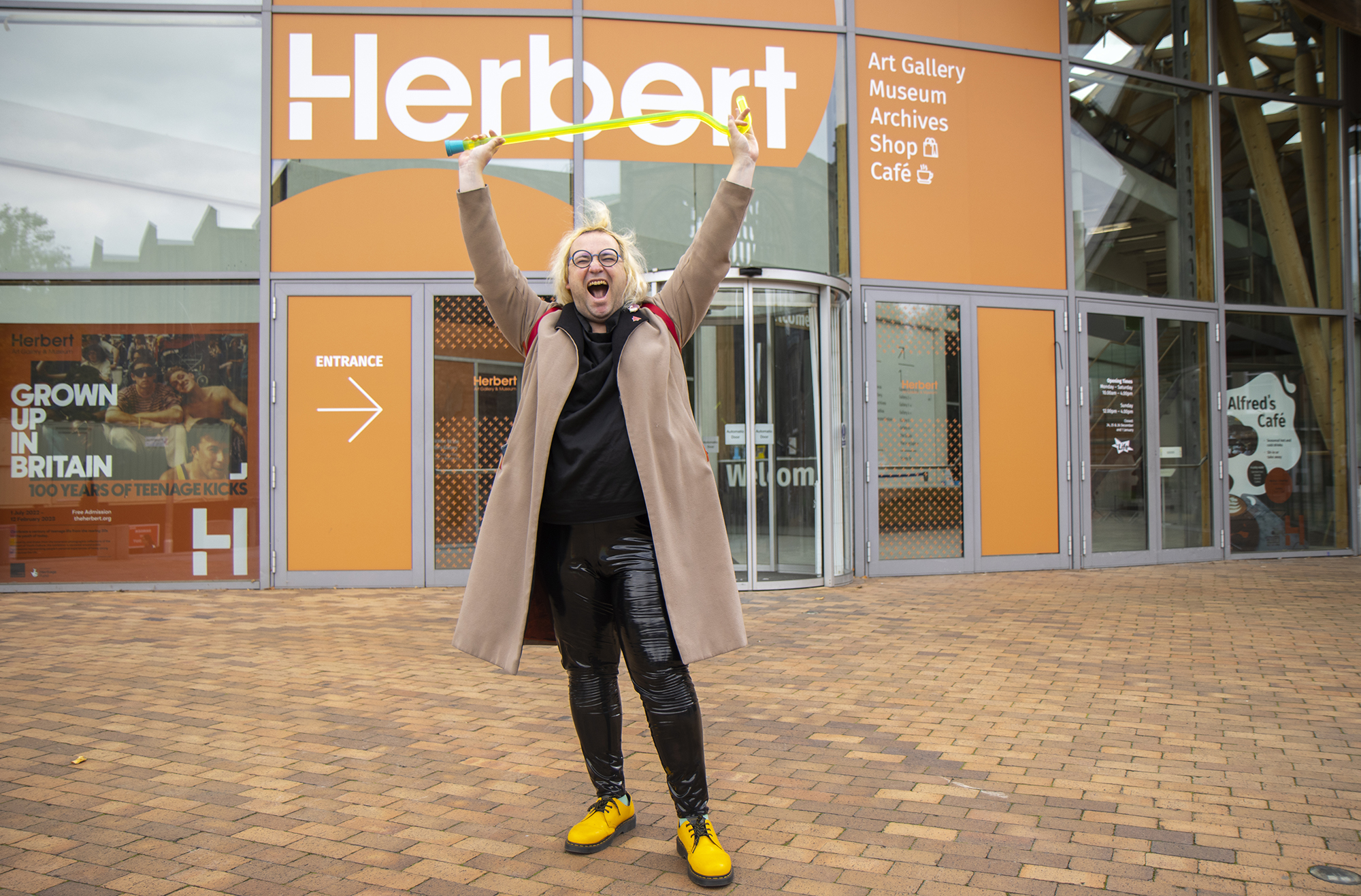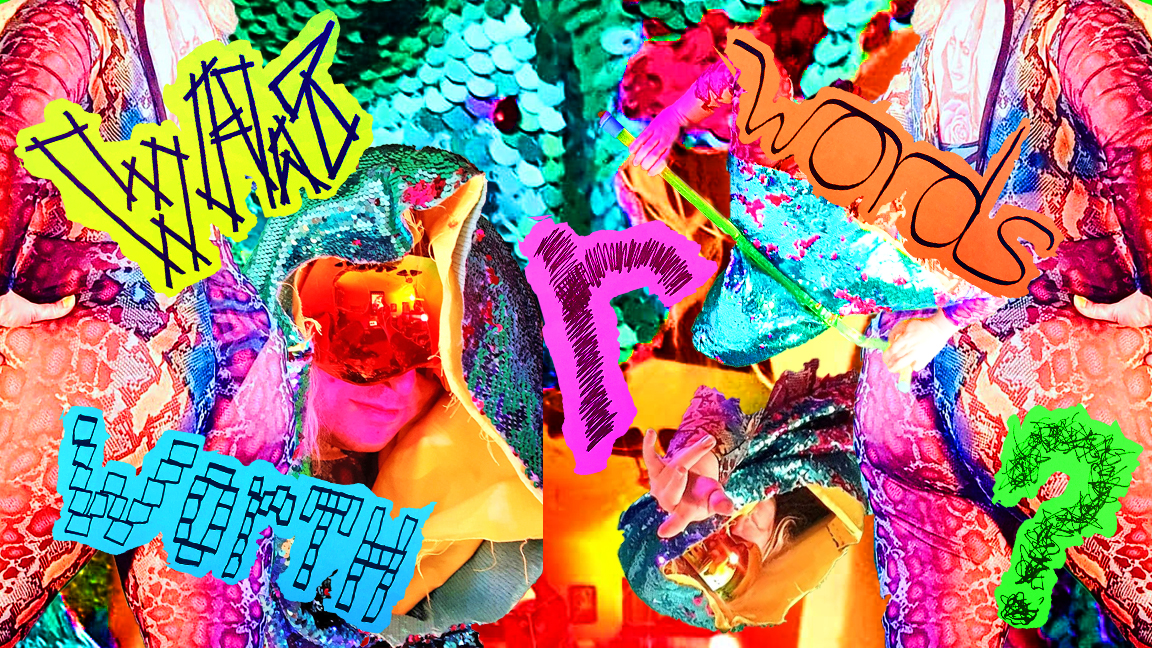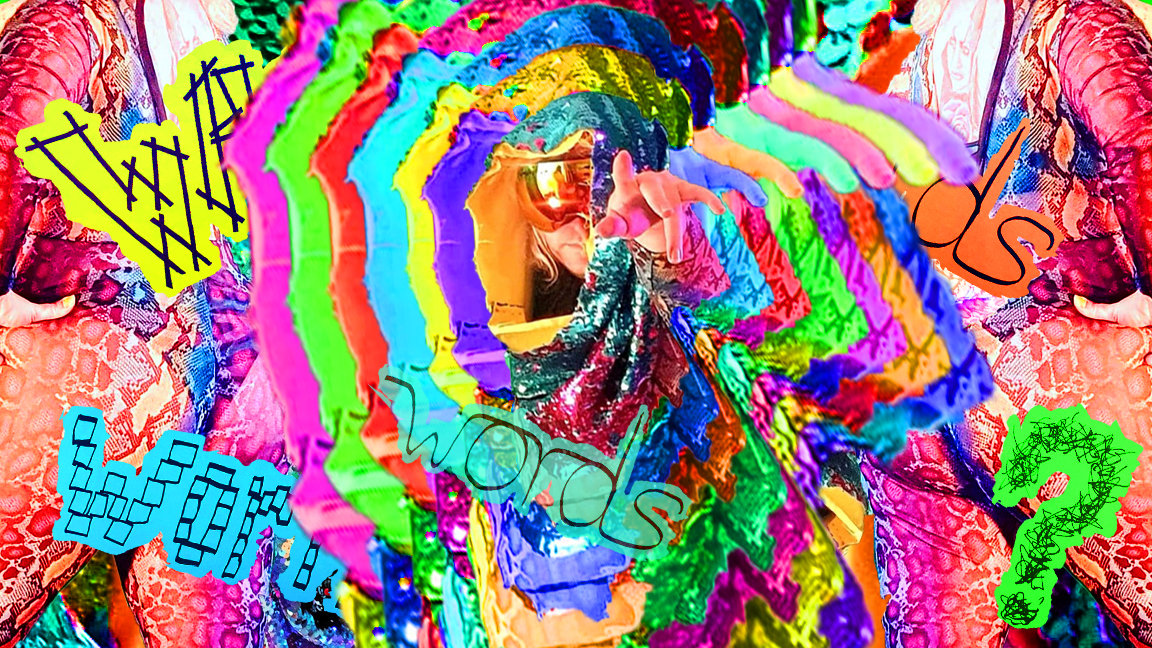Alex Billingham Q&A: Meet our new resident artist!
10 October 2022
Find out more about Alex Billingham as she begins her Explorers Project artist residency

Following a call out for neurodiverse artists to take up residencies at West Midlands galleries as part of the Explorers Project, Alex Billingham begins a five-week residency at the Herbert Art Gallery & Museum today, where she'll be taking inspiration from our collections to create and showcase a new piece of work.
Established by Project Art Works to open up routes into artistic practice for neurominorities, Explorers is a national programme of art and activism focused on dismantling systemic barriers, creating platforms for neurodivergent people and pathways for cultural organisations to deepen their understanding and commit to change. The project intends to change the discourse of how neurodivergent people are positioned and described in culture. As part of this programme, three artist residencies are have been offered at the Herbert and The New Art Gallery Walsall in partnership with Outside In.
Alex Billingham is a disabled / neurodiverse trans fem artist living in the West Midlands. Working mainly in live art with experimental theatre and film, she uses an analogue approach to manipulating digital technology. For her Explorers Project residency, she intends to produce a film incorporating live art and disabled dance, charting her progress via social media channels so that people can see how the work is developing. Find out more about her plans in our Q&A below!
Tell us a bit about your practice and your work before this residency.
Initially my background was in visual arts, but over time my practice began to shift towards performance and live art. Over the last few years, I’ve begun using that live art experience to inform pieces of experimental theatre and filmmaking, which is where my work is mainly sitting at the moment.
A lot of that is to do with the fact that I’m physically disabled, due to a climbing injury, and that’s something that gets worse each year, so I’ve had to find ways of making my artistic practice more sustainable for me. Obviously theatre is repeatable and film you can just send a file, whereas live art can be very draining.
Thematically, a lot of my work is driven by the idea of survival and how we look at that in a way that is helpful for everybody rather than self-centred. I’m particularly interested in nuclear technology, and how we might survive something going wrong with that. We have all of this nuclear technology we’re using which requires constant maintenance and attention, and if we were suddenly unable to give it that – if, for example, the pandemic had been worse and caused more of a breakdown in society than it did – the damage to the planet would be massive.
For me, my identity as a trans, queer, disabled person is a kind of catalyst for this idea of survival. Being disabled and being othered in this way, if there was a nuclear winter or a breakdown of society, I would have no chance of surviving that.
Combining those big questions that affect all of us with the more personal reflections on identity sounds like a lot to get across! How do you go about presenting these ideas in your work?

Generally I try to create work that is fun or entertaining, so there’s always something that people can enjoy or find amusing or have an immediate reaction to without necessarily knowing about all of the history and ideas that have gone into it, although all of that is there for future readings.
I tend to veer towards things that seem quite silly or stupid on first look, because it creates a nice, gentle connection with people. For example, earlier in the year, I did a show at Wrexham University that looked really bright and colourful and fun, with high heels and pink plinths and all kinds of fun bits and pieces like that, but as people started to look closer and realised that it was about nuclear technology, they were suddenly like, “Oh, this is really dark!”
I think it’s important to always find something simple that people can understand, like when I worked on a piece about body dysmorphia, I focused on the idea of that kind of itchy feeling where your skin doesn’t feel quite right and it’s just driving you a bit mad – so I was extrapolating from something very relatable.
Tell us about the ideas you’re going to be exploring during your residency at the Herbert.
 The Explorers Project residencies are all focused on neurodiversity, and I think for a long time I didn’t necessarily think of myself in that way. When I was younger, dyslexia was just starting to be acknowledged, but there still wasn’t really any help or support for it. So it wasn’t really until I saw it included in the call-out for this residency that I put the two together.
The Explorers Project residencies are all focused on neurodiversity, and I think for a long time I didn’t necessarily think of myself in that way. When I was younger, dyslexia was just starting to be acknowledged, but there still wasn’t really any help or support for it. So it wasn’t really until I saw it included in the call-out for this residency that I put the two together.
With that in mind I wanted to look at using words for this piece, which is something I’ve always tended to shy away from. I’ve noticed that there’s been a big shift towards using words and text more in the art world, which is great if you understand English, but if it’s not your first language or if you have language problems, it’s so off-putting and such a barrier. For me it’s really important that people can relate to the work whether they understand the write-up about it or not, so I want to incorporate words in such a way that if you took them back out, it would still work.
And then in relation to the Herbert collections, as soon as I found out I could start working with some of the collections, I was really excited because I love going to museums and looking at old bits and pieces. We have a sort of curio collection at home which is all over the house really.
Is there anything in particular from the Herbert collections that you’re interested in exploring at this stage?
I’ve kept off this a little bit because I want to come to it fresh at the start of my residency, but in terms of what I do know about, I’m quite interested in the natural history collection because it’s so extensive. Also relating it back to my idea, I’m interested to see what connections I can find with words – whether that’s like medieval carvings or printing or other forms of making.
Do you know what format the final piece will take?
My idea is to create a kind of music video, although perhaps not in quite the way you’d expect! It links back to what I was saying earlier about making work that is accessible and entertaining and a bit silly – so it will be about three or four minutes long and will use a lot of the tropes and the structure that we’re used to with music videos. My hope is that people will be able to enjoy it on that level, even if they don’t immediately understand all of the different aspects to it.
Is music something you’ve done before or is that new territory for you?
Sort of – it’s something that’s come out of filmmaking for me. I can’t read or write music or really play instruments, so it’s more like sound-making. I’ve got a load of Korg synths, which are like mini synthesisers, and I got those because I when I started making films, I wanted to make the soundtracks myself, so that I knew they were copyright-free and would do exactly what I wanted them to do.
I’ve also been using them for performance for three or four years now, and it’s just become quite natural to me to create these soundtracks for my work. But it’s less a case of producing catchy tunes and more about creating incidental music or background music. Sometimes it can even veer towards almost ugly sounds, but I think there’s a lot of space for that.
There’s an interesting connection there with Coventry’s electronic music scene and Delia Derbyshire – was that a conscious decision?
Yes, I love Delia Derbyshire and I’m a huge old Doctor Who fan so that bleeds into a lot of my work. There’s usually a few Doctor Who references and easter eggs you can spot in what I create!
One of the things you’re keen to do is share insights into your process online as you go along. Why is that something that’s important to you?
Up until a few years back, I felt like I was someone who couldn’t do technology, because there’s all these specific ways of doing things, and you have to know what you’re doing and it’s just too difficult. But I started to realise that, while there’s an element of truth in that, there’s also a lot of rubbish in it too!
What I’ve learned is that if you can find a way of using these digital tools that works for you, that’s fine – it doesn’t matter if you’re getting it right or doing it in the “proper way”. When I’m making soundtracks, for example, I totally cheat! I’ll record bits on a Zoom recorder and then shove them onto a video editing programme and do the soundtrack in that, because I know how to do that. In the end it gets me the same result, even if it’s not the way you’re supposed to do it. So for me, sharing my process is just about encouraging people to try things and have fun with it.